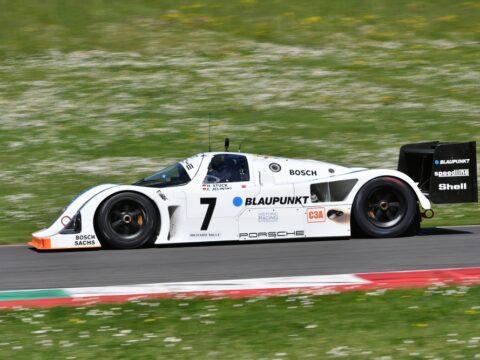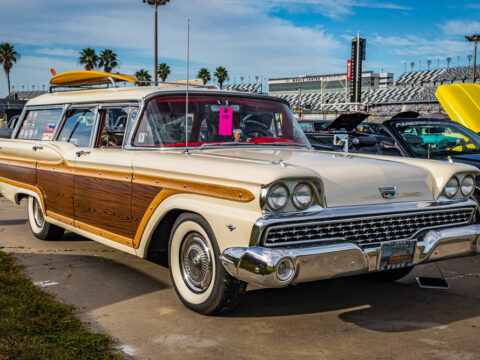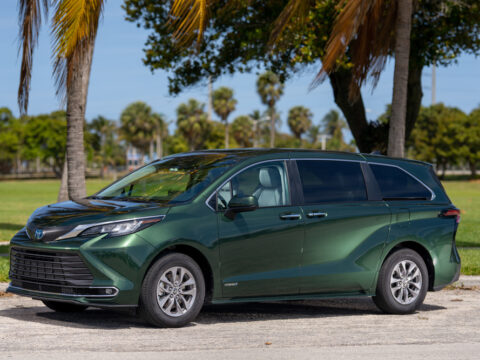Despite the rapid advancements in drone technology, not every high-tech model manages to take off successfully. Various ambitious drone projects have encountered significant hurdles, from regulatory issues to technical difficulties. In this article, we explore 10 high-tech drones that, despite their potential, never quite soared.
Contents
Parrot Disco
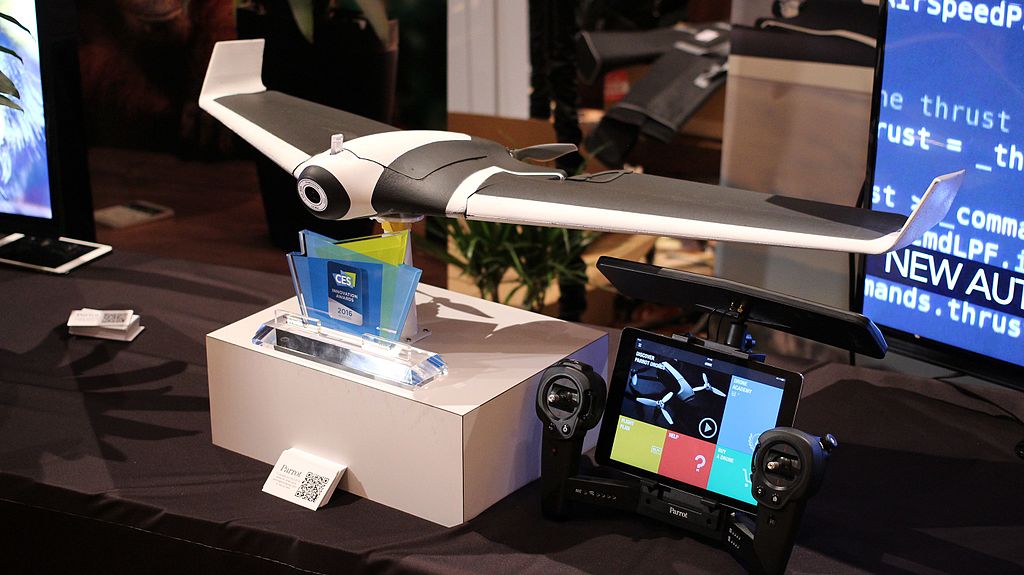
Parrot’s Disco drone, marketed as a high-speed fixed-wing drone for enthusiasts, struggled to gain traction. Its unique design and impressive flight speed of up to 50 mph couldn’t outweigh its high price and steep learning curve. Limited battery life and the need for large open spaces for takeoff and landing further hindered its appeal.
GoPro Karma
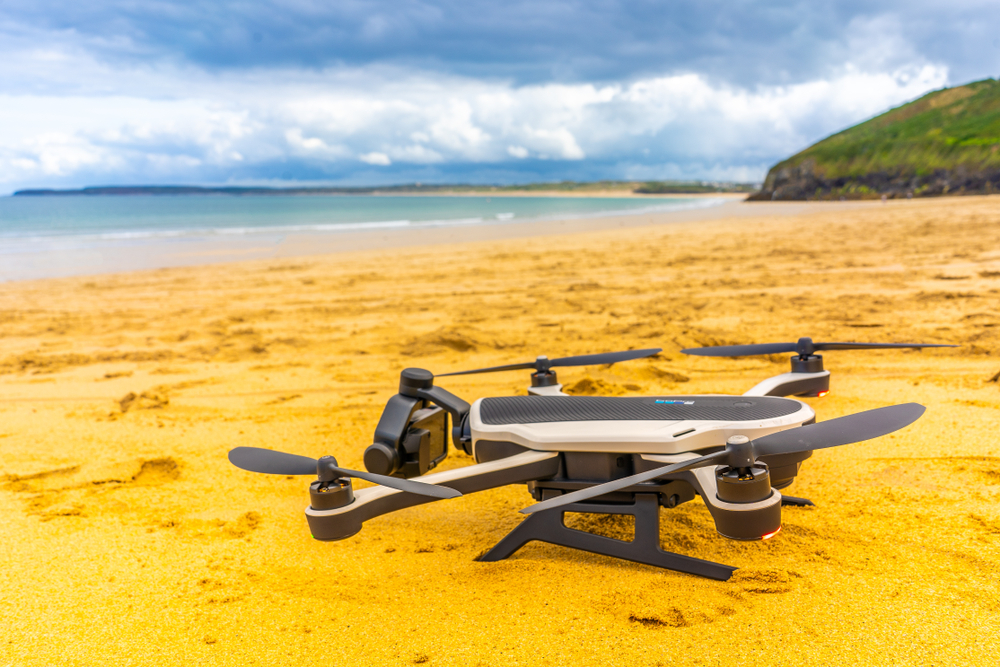
GoPro’s Karma drone faced a turbulent journey, with a high-profile recall shortly after its launch due to power loss during flight. This foldable drone, equipped with a detachable camera, aimed to compete with market leaders like DJI but couldn’t recover from early setbacks. Despite re-releasing a fixed version, sales remained underwhelming.
Yuneec Typhoon H Plus
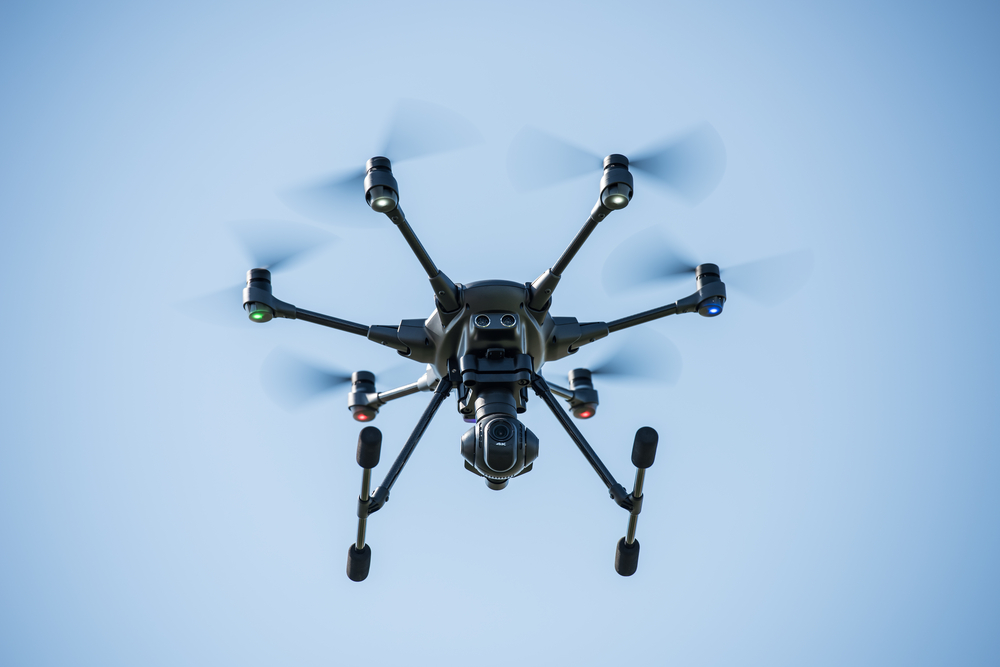
The Yuneec Typhoon H Plus drone offered advanced features like 360-degree camera rotation and retractable landing gear but failed to capture a significant market share. Technical issues, including GPS signal loss and inconsistent firmware updates, plagued the drone. Despite its robust build and impressive camera quality, it couldn’t compete with the reliability and ease of use of DJI’s offerings.
Ehang 184
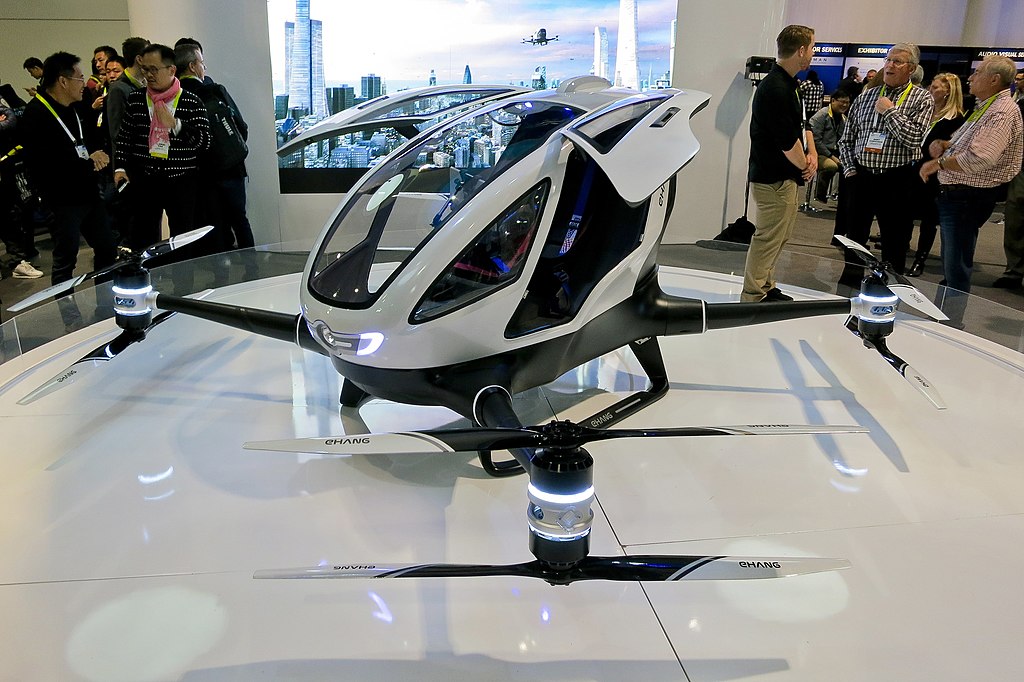
Ehang’s 184 drone aimed to revolutionize urban transportation with its autonomous passenger-carrying capabilities. However, safety and regulatory concerns prevented it from getting off the ground. The single-passenger drone faced significant scrutiny regarding its airworthiness and reliability.
Skydio R1
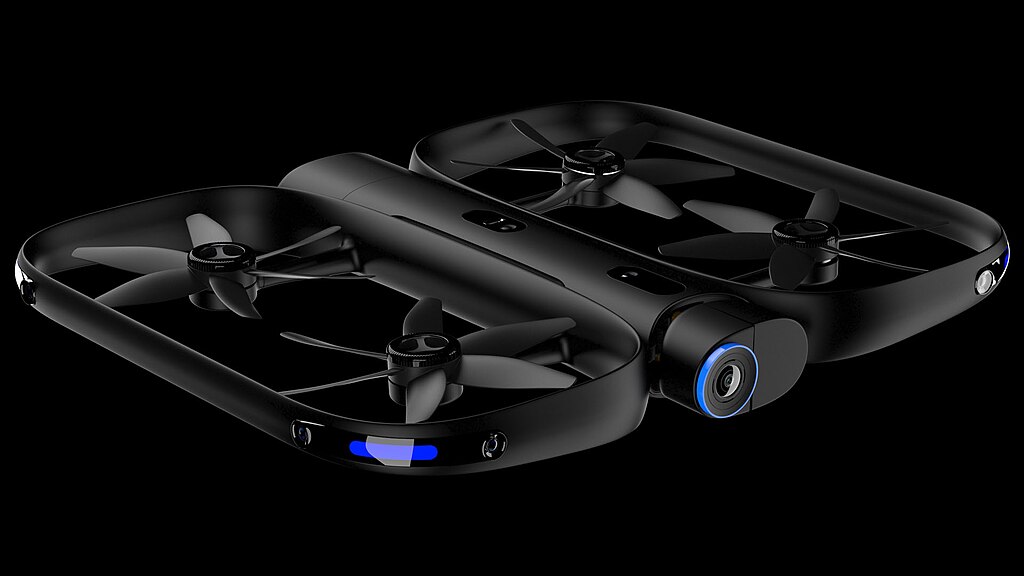
Skydio’s R1 drone, known for its advanced obstacle avoidance technology, struggled with market adoption due to its high price point. The drone’s AI-powered navigation system was groundbreaking but came with a steep learning curve and limited practical applications for average consumers. Battery life and portability issues also detracted from its appeal.
Boeing ScanEagle
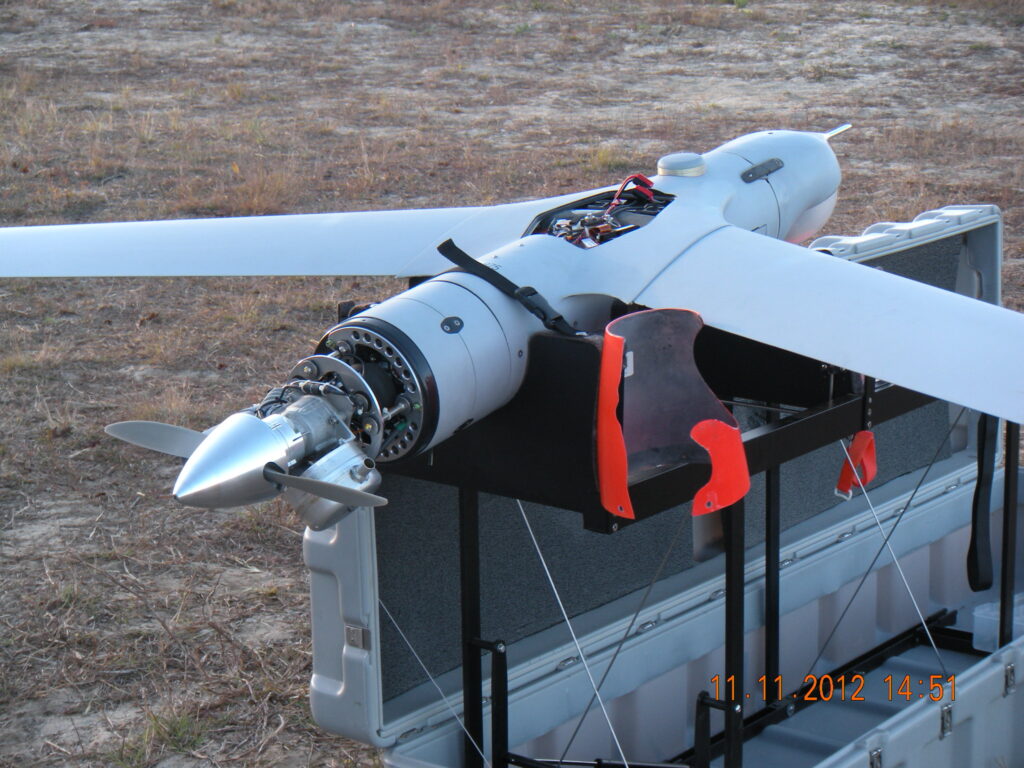
The Boeing ScanEagle, a long-endurance unmanned aerial vehicle, was primarily developed for military and commercial surveillance. Despite its capabilities, including extended flight times and advanced sensors, it faced competition from more versatile and cost-effective drones. High operational costs and maintenance requirements limited its broader application.
Parrot Anafi USA
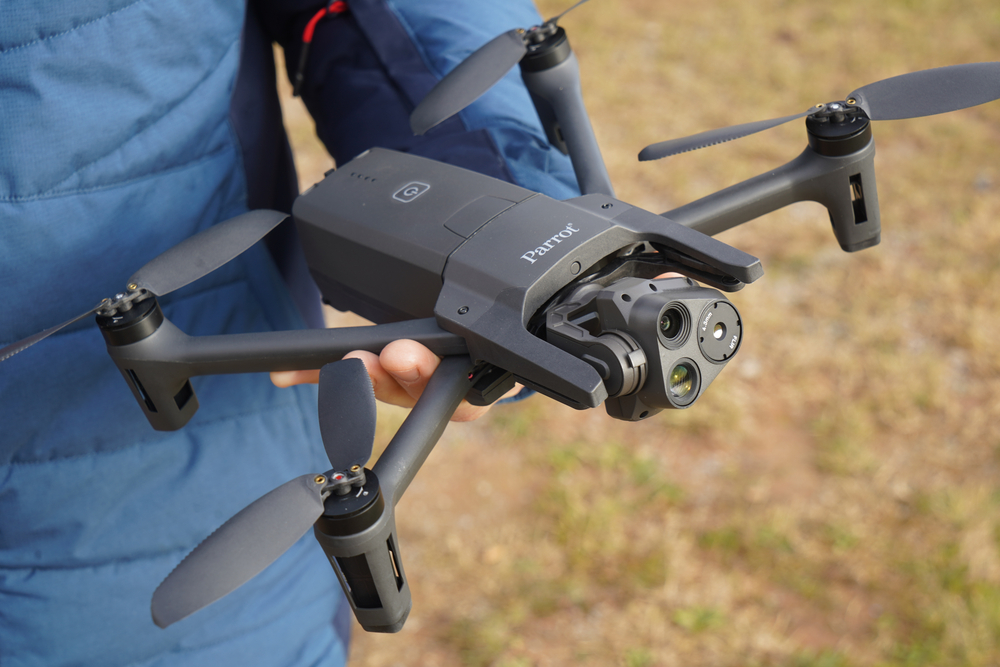
Parrot’s Anafi USA drone, aimed at professional markets like public safety and surveying, struggled with market penetration. Despite robust features like thermal imaging and 32x zoom, it faced stiff competition from established brands like DJI. The drone’s high price and specialized use cases limited its appeal.
DJI Spark
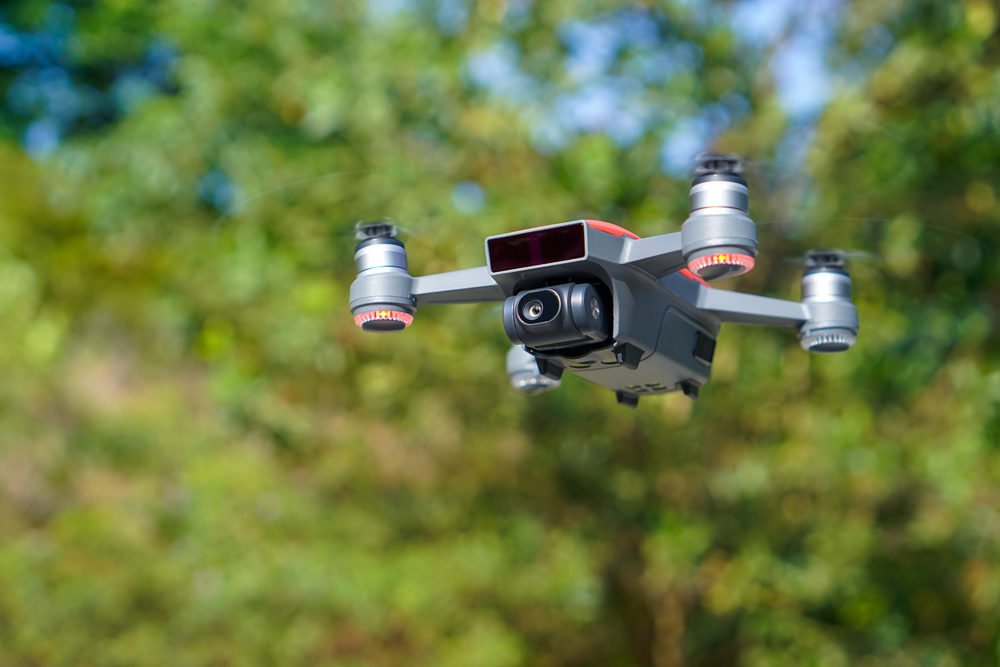
The DJI Spark, a compact and affordable drone aimed at casual users, ultimately underperformed in the market. While it offered intuitive controls and decent camera quality, it faced stiff competition from DJI’s own Mavic series. Limited flight time and connectivity issues also hampered its popularity.
Volocopter VC200

The Volocopter VC200, an electric vertical takeoff and landing (eVTOL) aircraft, aimed to revolutionize urban air mobility. However, regulatory hurdles and safety concerns have delayed its commercial deployment. Despite successful test flights, the complexity of integrating eVTOLs into existing air traffic systems remains a significant barrier.
Amazon Prime Air Drone
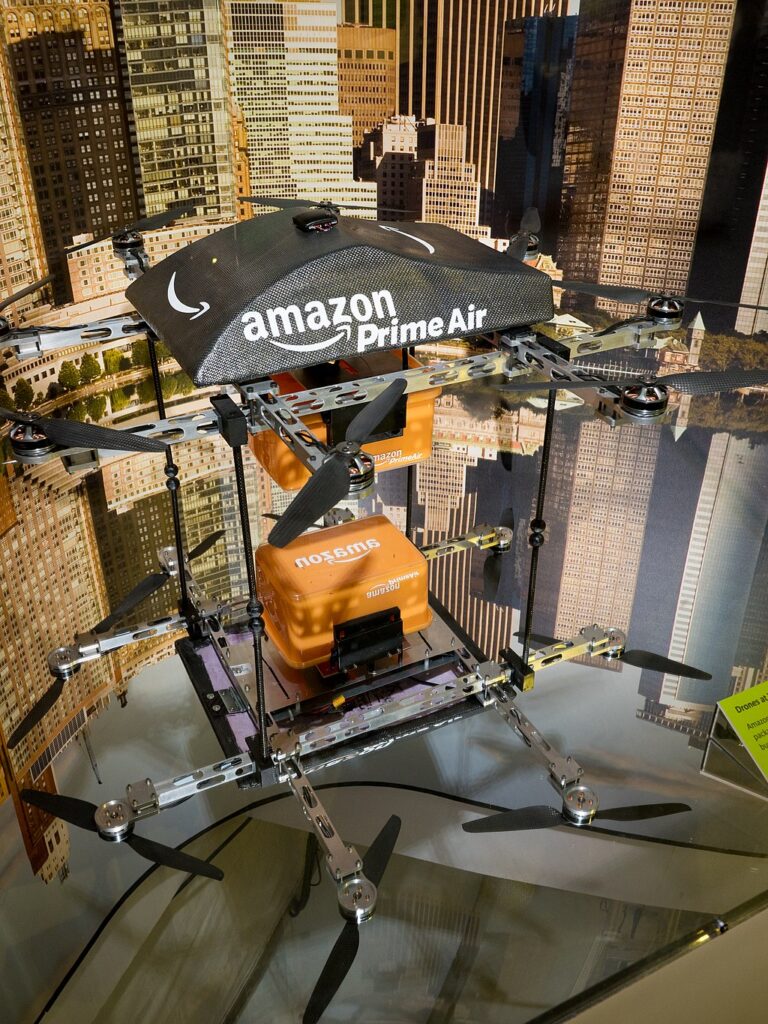
Despite the initial buzz, Amazon’s Prime Air drone delivery system has yet to take off. It encountered regulatory hurdles and safety concerns that stalled its deployment. Designed to carry packages up to 5 pounds within 30 minutes, the drones faced technical issues and public skepticism. Additionally, weather conditions and urban environment complexities complicated their use.
This article originally appeared on MyCarMakesNoise.
More from MyCarMakesNoise
14 Reasons Why the 1956 Dodge Coronet D500 Stands Out
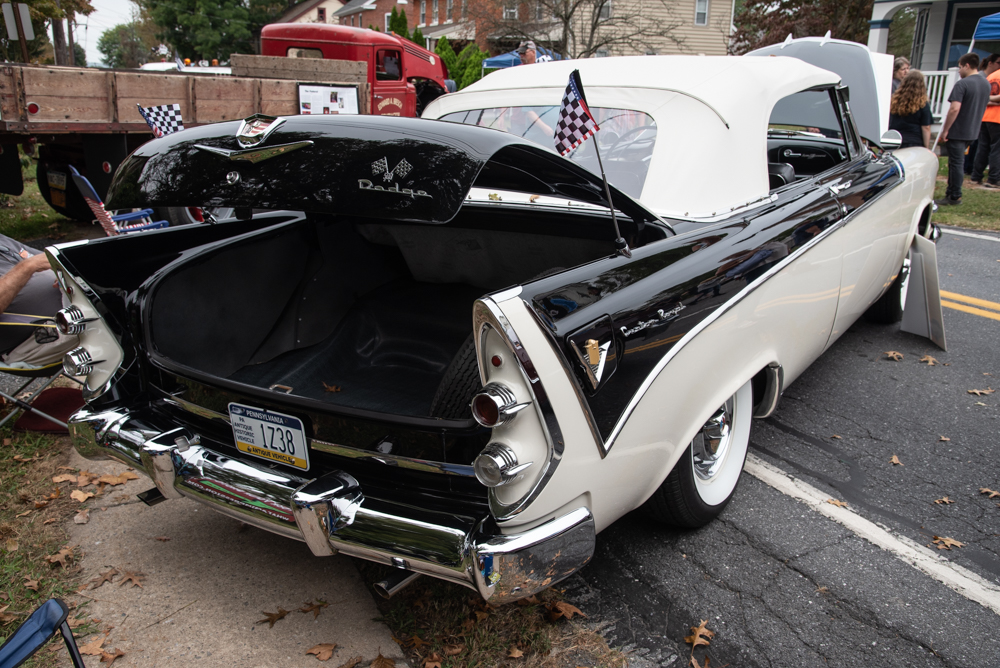
The 1956 Dodge Coronet D500 is a car that continues to captivate enthusiasts and collectors alike. With its sleek design, powerful performance, and unique features, it stands out in the world of classic automobiles. Read More.
20 Once-Popular Train Models Now Out of Service
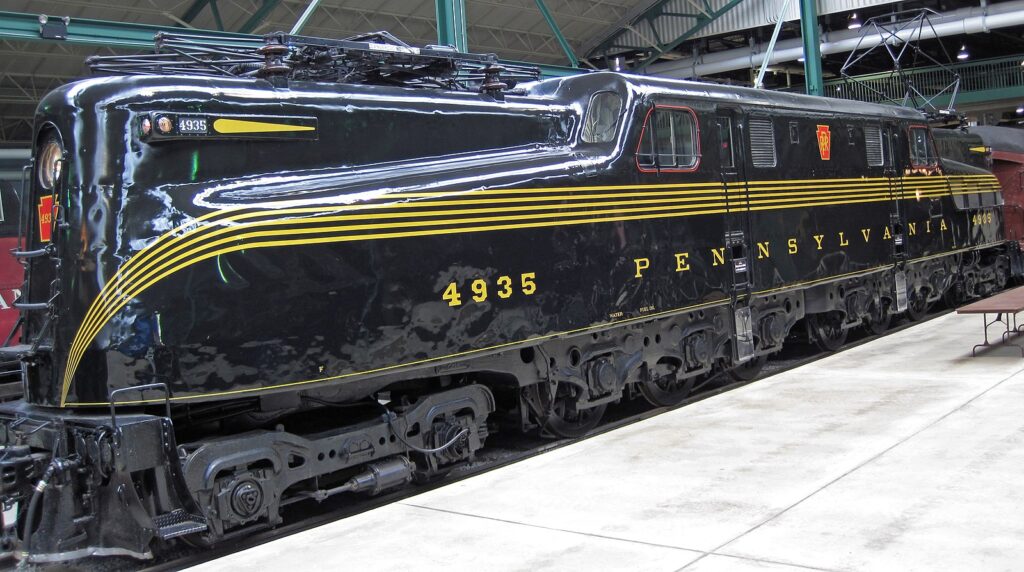
Train models, like all technology, eventually become outdated and are replaced by more advanced systems. Here are some defunct train models that are now obsolete, reflecting the progress and changes in railway technology over the years. Read More.
20 Cars Likely to Be Discontinued in 3 Years
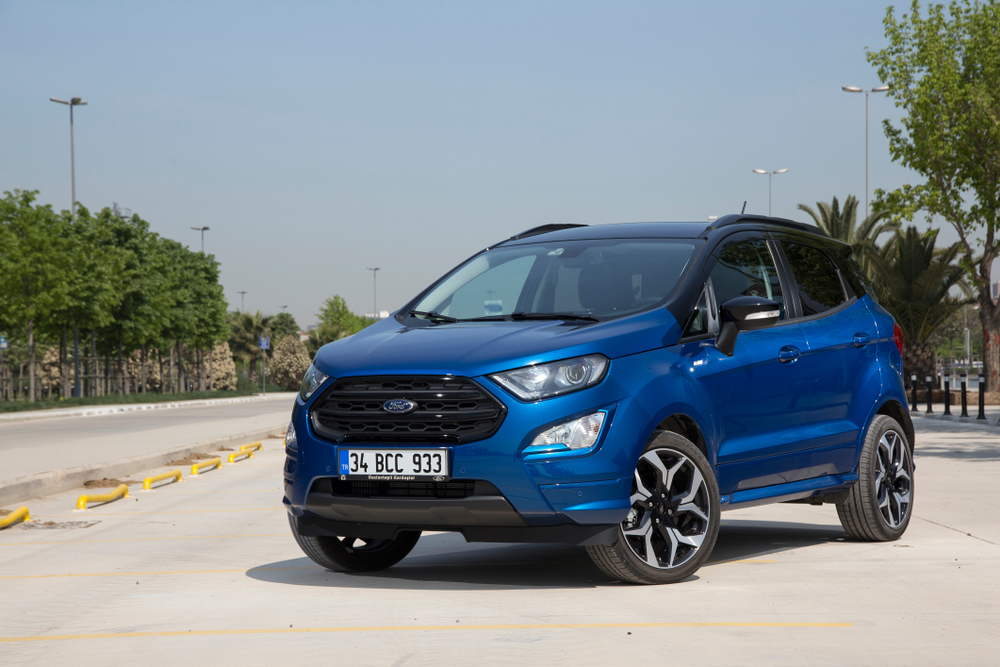
The automotive industry is constantly evolving, with some models being phased out to make way for new innovations. Here are 20 cars that likely won’t exist in three years, due to changing market demands, regulatory pressures, or manufacturer decisions. Read More.

